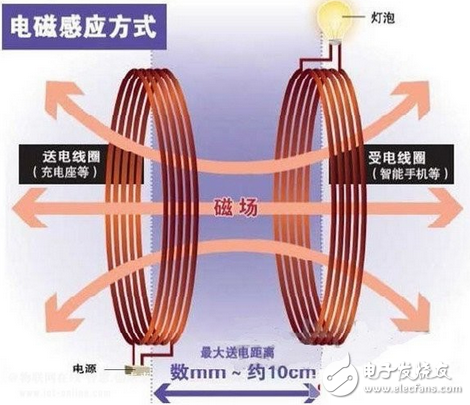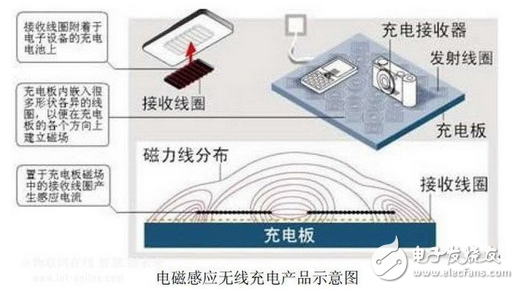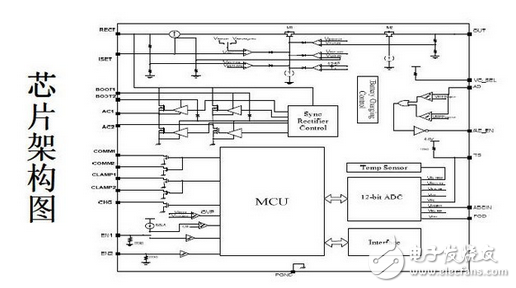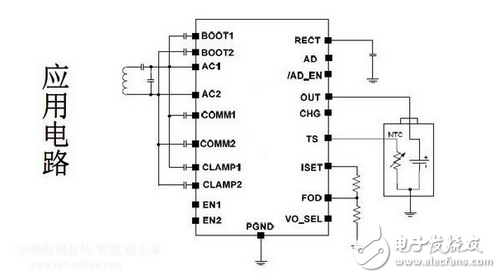I. Overview:
The wireless charging technology is derived from the wireless energy transmission technology. The low-power wireless charging is often performed by electromagnetic induction (such as the Qi method of charging the mobile phone). The high-power wireless charging often uses a resonant type, because the magnetic field is transmitted between the charger and the powered device. Energy, no wires are connected between the two, so the charger and the device that uses electricity can be exposed without conductive contacts.
There are four mainstream wireless charging standards: Qi standard, PMA standard, A4WP standard, and iNPOFi technology. Among them, Qi is the world's first standardization organization to promote wireless charging technology - the "wireless charging" standard introduced by the Wireless Charging Alliance (WPC), with two features of convenience and versatility. First of all, different brands of products, as long as there is a Qi logo, you can use Qi wireless charger to charge. Secondly, it overcomes the technical bottleneck of wireless charging "universality". In the near future, mobile phones, cameras, computers and other products can be charged with Qi wireless charger, providing a possibility for large-scale application of wireless charging.

The mainstream wireless charging technology in the market mainly adopts three methods, namely electromagnetic induction, radio wave, and resonance, while Qi adopts the most mainstream electromagnetic induction technology. In terms of technology applications, Chinese companies have stood at the forefront of the wireless charging industry. It is reported that Qi's application products in China are mainly mobile phones and portable digital products.

Second, the function description and block diagram:
A typical battery inductive wireless charging block diagram:

Chip architecture block diagram: (wireless charging reception + charge management circuit)


Function description:
1, in line with WPC Qi 1.1 standard, w / FOD
2, high integration, built-in high efficiency synchronous rectification, battery charging management
3, built-in MCU, to ensure system flexibility
4, built-in 12bits high precision ADC
5, the maximum charging current 400mA@5V
6, single pin 4.2V, 4.35V battery voltage setting
7, current backflow protection, static power consumption "0.1uA
8,20V voltage input withstand
9, built-in overcurrent, overvoltage, over temperature protection
Dual Channel Brushless Dc Motor Controller
Dc Controller,Dc Speed Controller,Brushless Dc Controller,Dual Channel Brushless Dc Motor Controller
Jinan Keya Electron Science And Technology Co., Ltd. , https://www.keyaservo.com